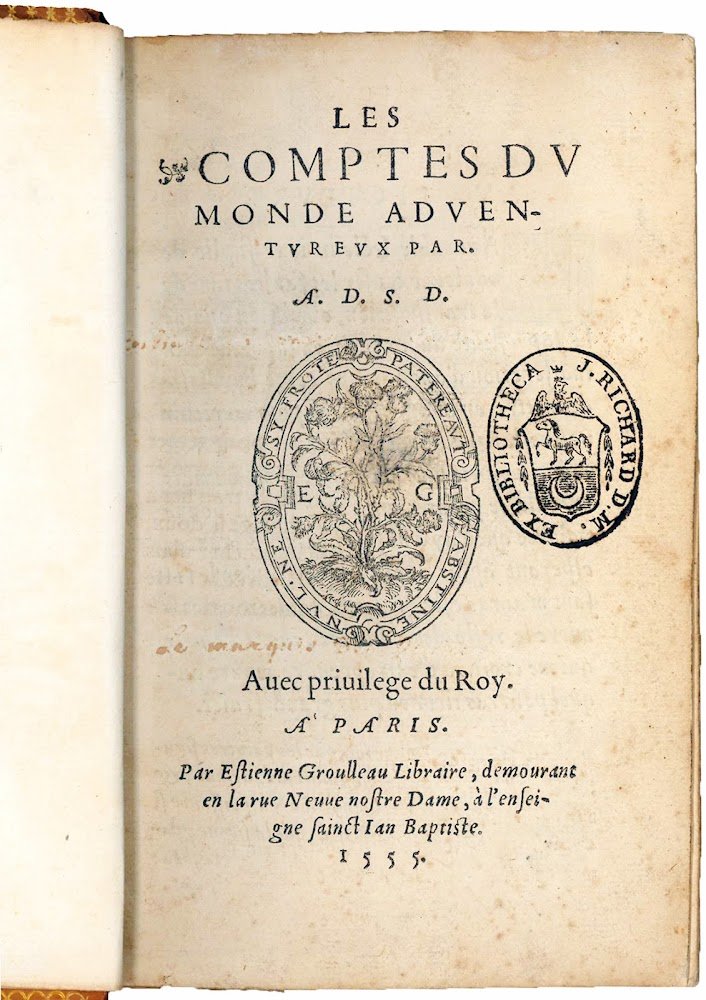
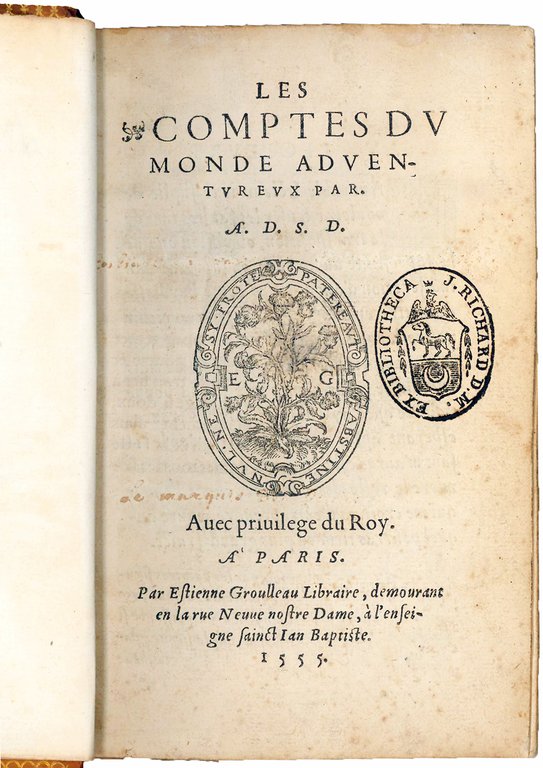
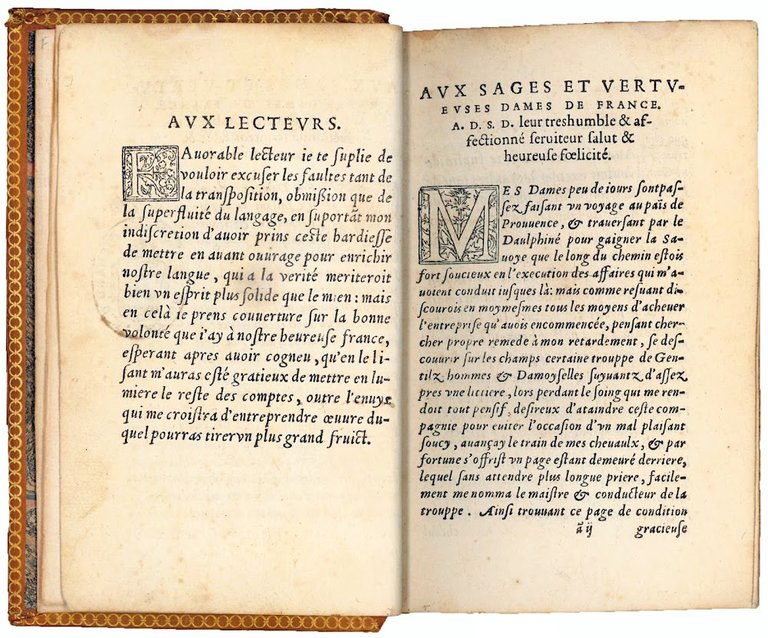
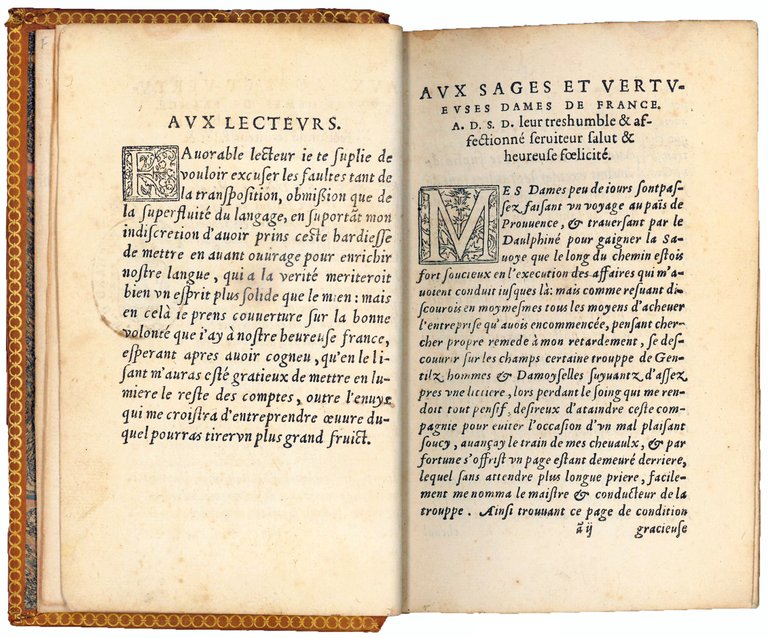
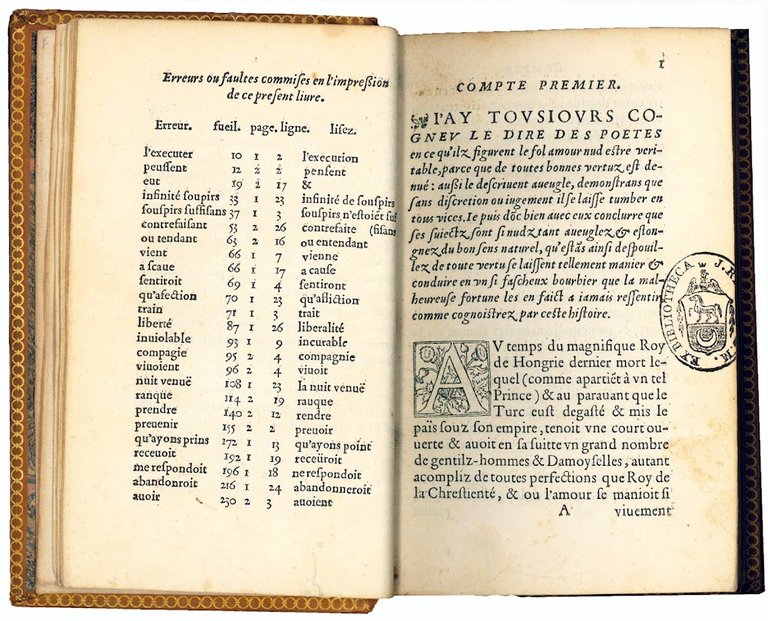
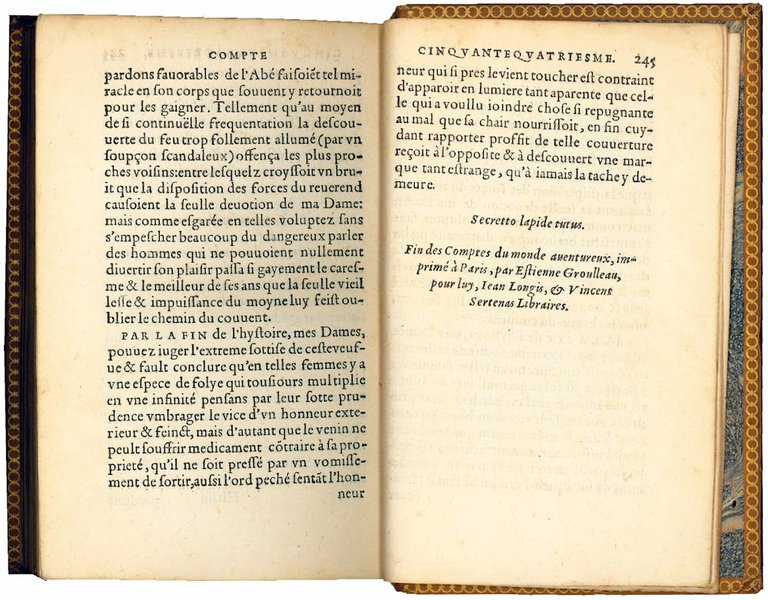
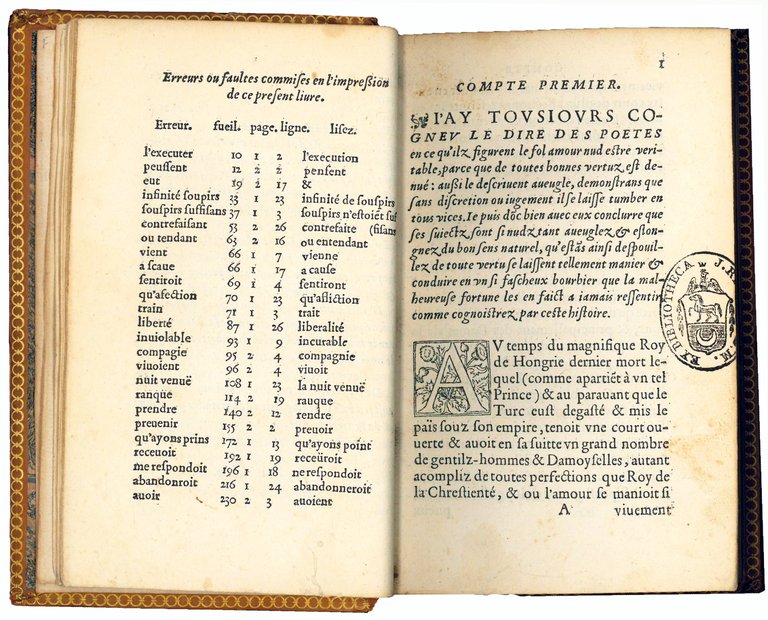
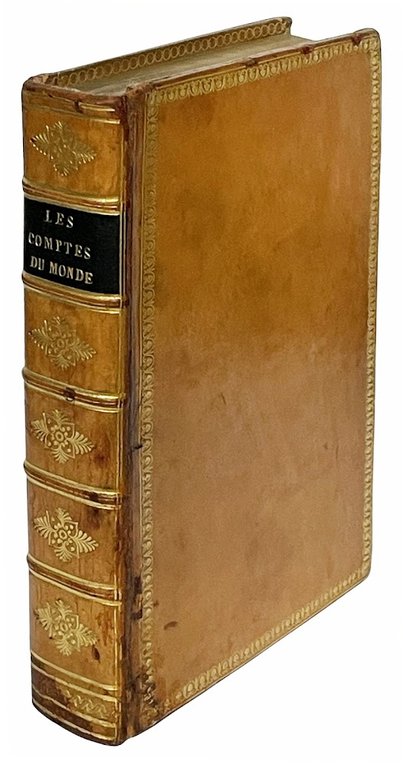
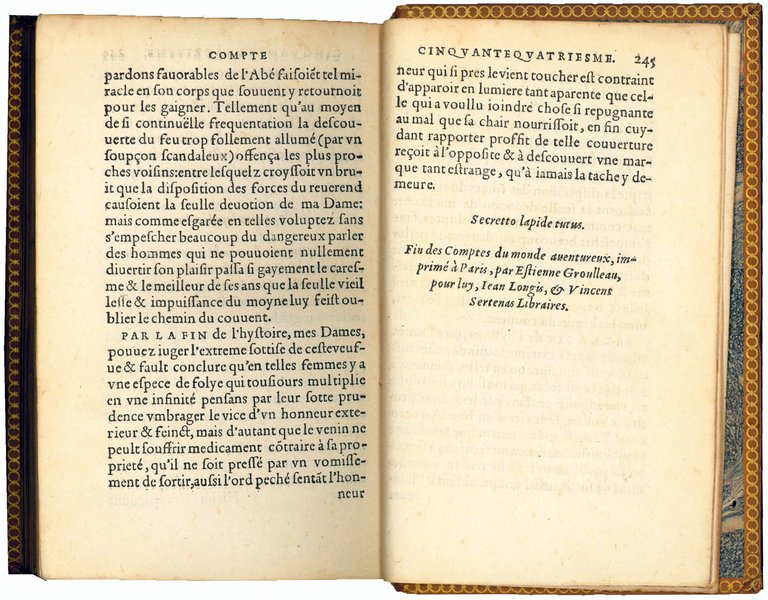
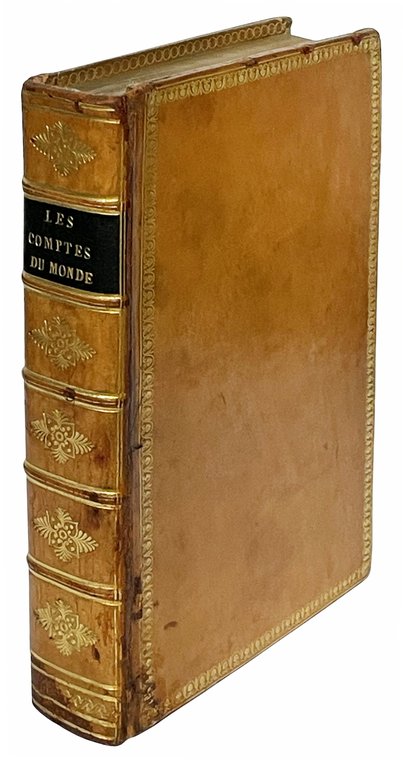
Libri antichi e moderni
SAINT-DENIS, Antoine de (fl. mid 16th cent.), attr. to
Les Comptes du Monde adventureux par A.D.S.D.
Estienne Groulleau [for Jean Longis and Vincent Sertenas books, 8 July 1555
4800,00 €
Govi Libreria Antiquaria
(Modena, Italia)
Le corrette spese di spedizione vengono calcolate una volta inserito l’indirizzo di spedizione durante la creazione dell’ordine. A discrezione del Venditore sono disponibili una o più modalità di consegna: Standard, Express, Economy, Ritiro in negozio.
Condizioni di spedizione della Libreria:
Per prodotti con prezzo superiore a 300€ è possibile richiedere un piano rateale a Maremagnum. È possibile effettuare il pagamento con Carta del Docente, 18App, Pubblica Amministrazione.
I tempi di evasione sono stimati in base ai tempi di spedizione della libreria e di consegna da parte del vettore. In caso di fermo doganale, si potrebbero verificare dei ritardi nella consegna. Gli eventuali oneri doganali sono a carico del destinatario.
Clicca per maggiori informazioniMetodi di Pagamento
- PayPal
- Carta di Credito
- Bonifico Bancario
-
-
Scopri come utilizzare
il tuo bonus Carta del Docente -
Scopri come utilizzare
il tuo bonus 18App
Dettagli
Descrizione
Extremely rare first edition of this collection of fifty-four moralizing stories, often rather coarse and spicy, nevertheless dedicated “Aux sages et vertueuses Dames de France”. The work is traditionally attributed to Antoine de Saint-Denis, a priest from the diocese of Mans, who seems to have been in close relationship with Marguerite de Navarre. “Par ses tendances come par sa forme littéraire, ce recueil appartient bien au petit cercle des contes de la reine de Navarre, et la personalité d'Antoine de Saint-Denis [curé de Champfleury] s'y encadre sans difficulté […] Il faut reconnaître que, en effet, si Marguerite d'Angoulême étendit largement sa protection sur le monde entier des lettres et des arts, elle se fit tout près d'elle un cenacle choisi de poëtes et de conteurs, et que sa personalité fut, pour ceux-ci, una cause vivante démulation autant qu'un centre d'attraction […] Par ces points de contact fréquents entre le livre de la reine de Navarre et le recueil de Comptes du monde adventureux se trouve corroborée l'opinion que j'ai déjà émise au sujet de la priorité des ces Comptes, priorité d'allieurs publiquement affirmée par les amis de l'auteur au moment de l'impression du recueil in 1555, et qui ne souleva de la part des contemporaines aucune réclamation” (F. Frank, Notice, in: “Les comptes du monde adventureux”, Paris, 1878, pp. XIV, XXIV and CXXVII; see also V.-L. Saulnier, Martin Pontus et Marguerite de Navarre, la Réforme lyonaise et les sources de l'Héptameron, in: “Bibliothèque d'Humanisme et Renaissance”, XXI, 1959, pp. 577-594).
At the beginning of each story the author gives his short general moral lesson and at the end he addresses specifically to women to tell them what lesson they have to draw from the story. As in Boccaccio's Decameron, the stories are told within a narrative frame, which is in itself a short story. The author is traveling from Provence to Savoy through the Dauphiné. Along the way he meets a gentleman who is accompanying his recovering wife to a thermal center. He joins them and their group, and during the journey - on horseback, during and after meals - they tell each others short stories to entertain themselves.
Investigations about the sources of the stories were made by G.-A. Pérouse in his Nouvelles françaises du 16me siècle (Genève, 1977, pp. 139-155). Thus the main source of the stories is Masuccio Salernitano (c. 1410-1475), as at least thirty stories are drawn from him. Some single stories are adaptations from the Pecorone of Giovanni Fiorentino (fl. mid 14th cent.), from Heinrich Bebel (1472-1518), from Matteo Bandello (1485-1561) (cf. V.-L. Saulnier, Sur une nouvelle de Bandello et l'un des Comptes du Monde adventureux, in: “Bibliothèque d'Humanisme et Renaissance”, XXIII, 1961, pp. 347-350), from Le petit Jehan de Saintré by Antoine de La Sale (c. 1388-1461) (cf. G.-A. Pérouse, Les Comptes du Monde adventureux et le roman de Jehan de Saintré, in: “Bibliothèque d'Humanisme et Renaissance”, XXX, 1968, pp. 457-469), and from the Cent Nouvelles nouvelles (c. 1450s). The remaining stories, however, are original

